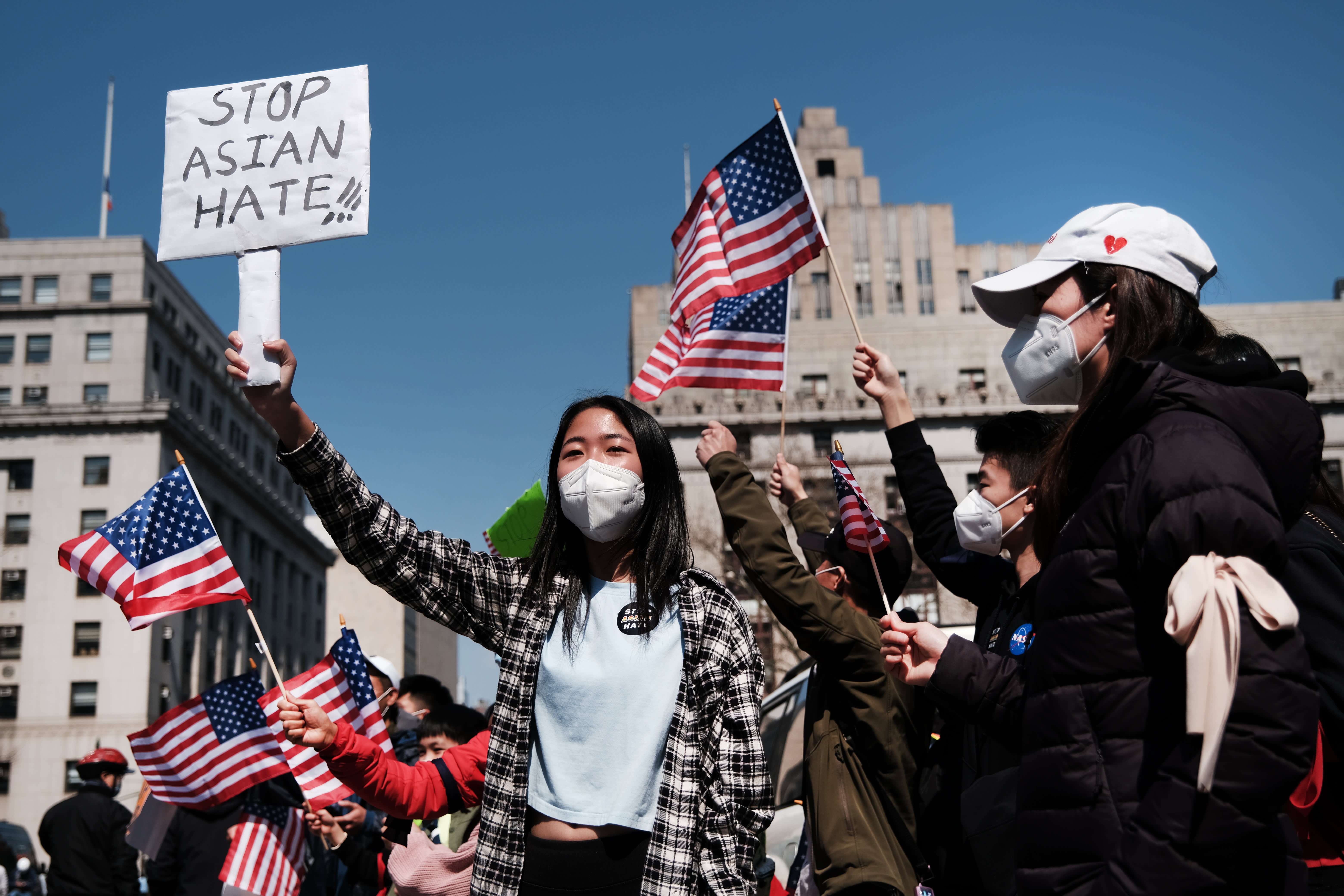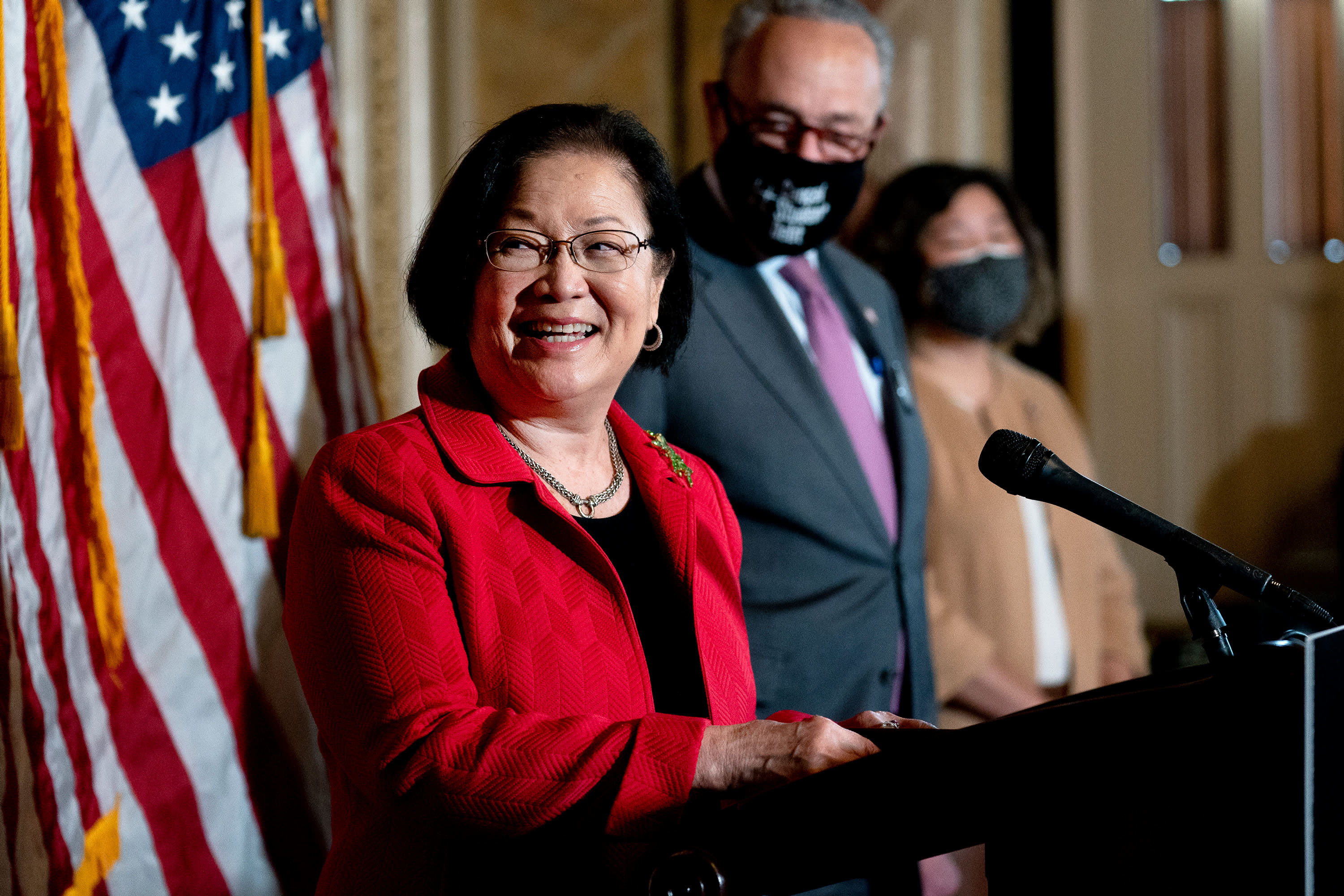For the past few years, the fastest growing demographic group stateside was also becoming one of the highest profile targets for opportunistic hate crimes.
Asian Americans have long been subjected to bias in the United States. But anti-Asian bias attacks have taken a more violent turn since COVID became a reality for Americans under a president bent on scapegoating Asians for the pandemic.
The hurdle to keep families safe from COVID-19 while keeping the most vulnerable from physical harm became a particular burden on that community. That communal burden became a national reckoning as the murder of six women of Asian descent, among others, in Atlanta and four Sikhs among the victims in an Indianapolis FedEx shooting followed dozens of reported bias incidents from the start of the pandemic.
The number of incidents have only grown since then.
The Elderly Are Targeted in a Majority of Reported Physical Incidents
Incidents collected from recent media reports shows that elderly victims are most likely to suffer from physical assault in unprovoked attacks.
Click on each button to filter each reported incident by demographic data. Click on each datapoint to read more about the incident.
Only includes physical incidents. Incidents involving elderly victims are categorized as offenses against victims ages 61 and above.
Andrew Williams, Eleanor Song and Nina Lin / NBC
“[Asians] particularly face more racism during periods of pandemic, periods of war and periods of economic downturn. Last year we experienced three things,” Dr. Russell Jeung said. “We had the pandemic. We had economic distress because of the pandemic. We had a US-China cold war. So those three factors are just the perfect storm conditions for racism to occur amidst those conditions.”
Jeung, a professor of Asian-American Studies at San Francisco State University, has seen how bias incidents and crimes rose against Asians and, in particular, the Asian elderly, since March 2020, when the pandemic first came to the United States. He is a cofounder of Stop AAPI Hate, a group dedicated to filling the gap in data related to bias incidents against Asian Americans.
“My research focus was on religion and justice, it wasn’t particularly on racism,” Jeung said. “But I just knew at the [start of the pandemic] that someone’s got to start tracking it.” “It’s just not a position I want to be in, having to document hate,” he said.
The latest statistics from Stop AAPI Hate showed that self-reported incidents of racism and hate crimes jumped from a cumulative 3,795 between March 2020 and February 2021 to 6,603 within just one month in March 2021.
While verbal harassment and incidents of shunning and avoidance dropped, there were more physical assaults.
A Large Portion of AAPI Hate Incidents in New York City Take Place in Lower Manhattan
Our analysis of collected media coverage of hate incidents targeting Asian Americans found that nearly one-third of tracked cases in New York City took place in Lower Manhattan.
Andrew Williams / NBC
Focus on unprovoked hate incidents against Asians came into national view weeks after the first case of the coronavirus was discovered in Wuhan and reported to the Chinese Center for Disease Control and Prevention. But bias attacks against Asians have been an issue since before the pandemic, and even before the Trump administration’s relationship with China turned sour.
The group Asian American Advancing Justice has collected stories of bias incidents as far back as 2014. And what data the FBI was able to collect on Asian-related bias incidents stretches as far back as 1996. While Asian-related bias incidents gradually dropped from the 1990s into the last decade, those FBI figures show that reported incidents began to rise once more in 2016.
Hate Crimes Against Asians Rise After Years of Decrease
Hate crime data collected by the FBI show reported hate crimes motivated by bias against Asians on the rise after years of decrease.
An offense counts each victim of a crime against a person. Incidents may involve more than one offense, victim or offender.
Source: FBI • Nina Lin / NBC
The rising number and severity of incidents extracted from media reports reflect that trend. For years, anti-Asian hate incidents reported on by the media were atypical events that stoked outrage and anger, but not sustained communal fear. An attack on four Chinese teenagers in 2006 with a steering wheel lock. A rash of attacks against women in Chinatown in 2015 caused by a disturbed man with a complex about his love life. The Asian owner and two employees of a buffet who died after an attacker stormed through the restaurant with a hammer in 2019.
That changed in February 2020, as videos and reports of Asians being attacked in public areas made their way around social media. Many of the incidents included slurs, references to race and to the coronavirus. The most horrifying incidents involve unprovoked attacks against the elderly.
Looking as far back as 2000, while searching for “Asian” "anti-Asian” “incident” or “hate crime” in US headlines, just one news report of an attack against an Asian person older than 61 surfaced, according to a data analysis by NBC. That attack happened in Los Angeles' Koreatown in 2017, when an 83-year-old woman known as the “neighborhood grandmother” was shoved head first onto the sidewalk during her daily greetings.
In 2020, using the same methodology, four reports of assaults against Asians older than 61 were covered by the media. In 2021, as of the time of publication, there were 27.
Attacks against Asians – particularly elderly Asian people – is a trend that researchers like Jeung only expect to see rise as the country emerges from the shadow of the pandemic.
“As more of the public is interacting and interfacing with Asians, we're seeing a continued rise in racism,” Jeung said. “It makes sense because there's all this pent-up economic distress, there's pent-up anger over the quarantine. There's still the continued scapegoating of Asians for the disease.”
Younger Asian Americans Make Up the Bulk of Self-Reported Hate Incidents
Statistics from Stop AAPI Hate show that Asian people ages 26-35 make up the bulk of self-reported hate incident claims to the group.
Source: Stop AAPI Hate • Andrew Williams / NBC



